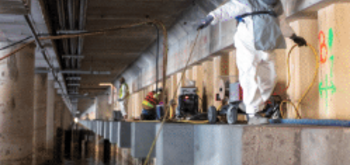Concrete Resurfacing, Structural Repair & Restoration Services
Epoxy Design Systems established in 1977, provides the owner, engineer, or architect, alternative solutions to the ever-increasing expense of structural maintenance and repair.
We specialize in concrete resurfacing services, structural repair and restoration services, and slab repair services.Our full service trade contractor dedicated to repair, protect and strengthen the world’s infrastructure on both domestic and international basis.
Structural Repair Services
We offer structrual repair services to a set of diverse and fundamental structures that provide mobility, shelter, services and utilities. Our Houston structural repair services expend to highways, bridges, pipelines, reservoirs,schools, inter-model transportation, ports, industrial complexes and other physical structures that bring comfort, style and form to society.
We maximize financial resources and provide strategic initiative to achieve significant reductions in infrastructure life-cycle costs through quality and efficient job-site performance. This is accomplished utilizing polymer repair mortars, grouts, shotcrete, epoxy injection, pier pile encapsulation jackets, carbon fiber wrap (CFRP), coatings, liners, urethane grouts and many other repair materials.
By combining our communication skills and our precise understanding of concrete resurfacing services and structural repair services, we gain a clear understanding of the project's needs and its direction from the owners, and design engineers.
It is our mission to ensure that structures are adequately maintained for the protection of life, the earth’s environment, physical property and plant equipment, and to maximize the service life of the structure.
In order to do so, we provide the best structural repair and restoration services available. Contact us to learn more about our Houston structural repair services.
Services/Structural Repair Services
Learn More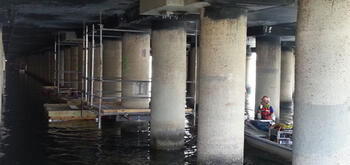
Pile Repair & Jacket Systems
Protection, maintenance and repair of existing concrete and wooden piles at wharf marine and bridge structures using preformed jackets.
Learn More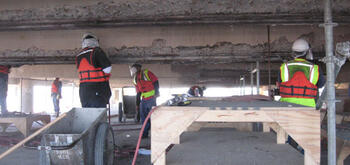
Structural Concrete Repair
Structural concrete repairs to all structures where concrete spalls, fissures, delaminations, chemical degradation, poor integrity, and insufficient capacity occur.
Learn More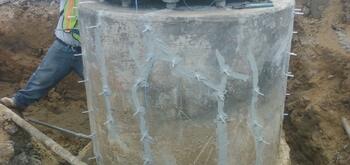
Epoxy Injection
Epoxy injection resin methods as a structural repair for cracks in structural concrete elements (i.e. beams, bents, piers, docks, bridges, and other concrete structures).
Learn More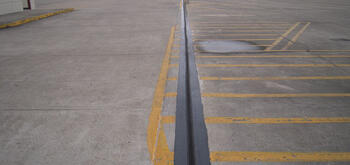
Expansion Joints
All concrete expansion joints, existing or new construction, must be sealed to control moisture migration, corrosion at exposed reinforcing steel, and protect the structure.
Learn More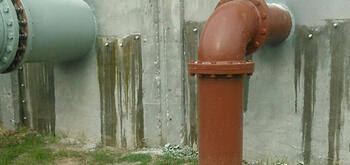
PUR Chemical Grouting
Activated chemical grouts are designed to act as a flexible long-term gasket to control moisture. It is a non-structural repair of concrete cracks, expansion and control joints.
Learn More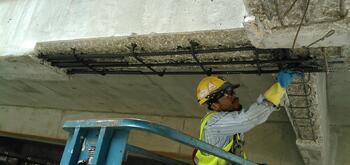
Spall Repair
A concrete spall is a fractured, delaminated or missing portion of concrete with varying depth and dimension. Some spalls are cosmetic while others are structural.
Learn More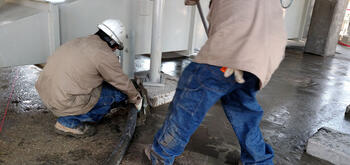
Pressure Grouting
It is essential to understand soils and surrounding structures in order to select the proper grout viscosity, type of grout and void filling characteristics.
Learn More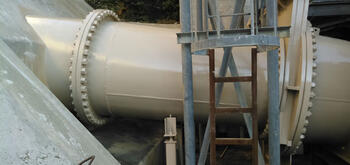
Protective Coatings & Linings
Coatings and linings are applied to protect concrete or steel structures from abrasion, aggressive corrosive chemicals, ultraviolet exposure or environmental placement.
Learn More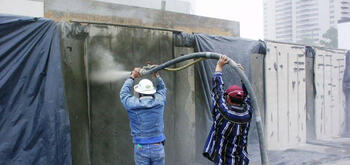
Shotcrete
Shotcrete provides integrity and strength to the structure using superior adhesion and consolidation on overhead, horizontal and vertical surfaces.
Learn More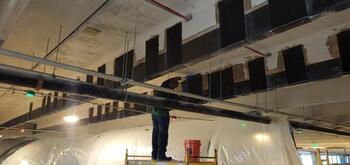
Carbon Fiber Reinforced Polymers (CFRP)
Carbon Fiber Reinforced Polymers CFRP are utilized to increase the structural capacity or change of use application of structures.
Learn More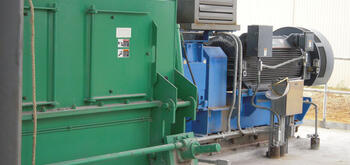
Machine Base Plate Grouting
Grouting under machine baseplates provides alignment, maintains structural integrity, reduces vibration while supporting machinery.
Learn More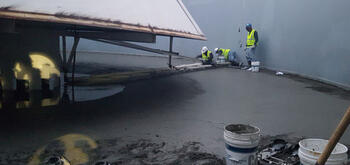
Grouting Services
Grouting is used to support rotating equipment, compressors, pumps, rail plate, crusher ball mill, conveying systems and skid mounted equipment.
Learn More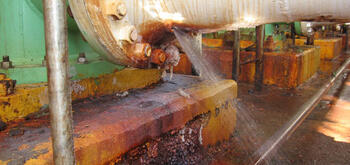
Concrete Corrosion Protection
The use of coatings and liners, galvanizing sacrificial cathodic anodes, and dense quality concrete in new construction are the most common means of protection.
Learn More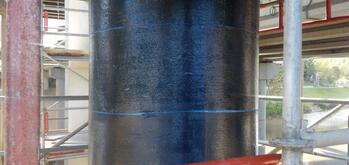
Active Leaking Pipe Repair
Learn More